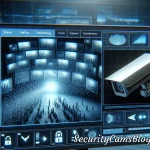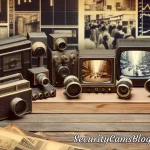In today’s technologically advanced world, ensuring the safety and security of our homes and businesses has never been more important. With the rise in crime rates and the constant threat of intrusions, having a robust video surveillance system in place is crucial. Optimizing indoor and outdoor cameras for video surveillance not only enhances security but also provides peace of mind. To achieve optimal surveillance, it’s essential to focus on strategic camera placement, integrate intelligent video analytics, and adhere to best practices for camera installation and maintenance.
Enhancing Video Surveillance: Indoor Camera Optimization and Outdoor Surveillance System Strategies
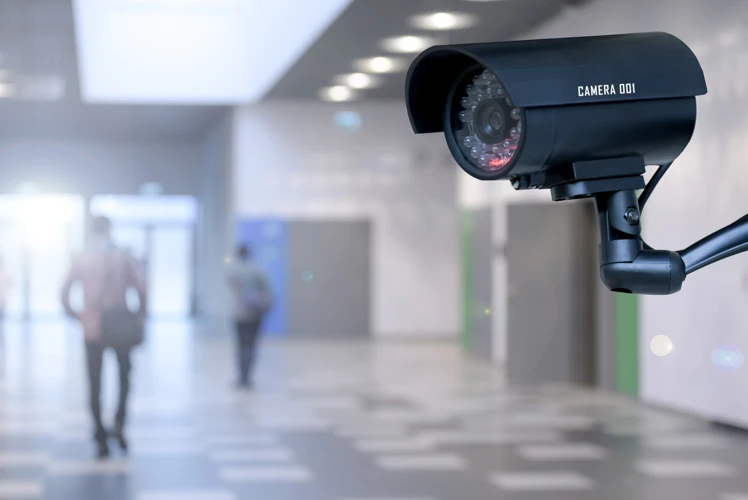
Video surveillance systems play a pivotal role in safeguarding businesses, public spaces, and residences. By conducting a thorough evaluation of existing surveillance infrastructure, identifying areas for improvement, and integrating smart analytics, you can stay ahead of security challenges. Strategic placement of cameras, including fixed and pan-tilt-zoom (PTZ) options, ensures maximum coverage and effectiveness. This approach not only addresses current security needs but also provides a scalable solution for future challenges.
Understanding Video Surveillance Setup
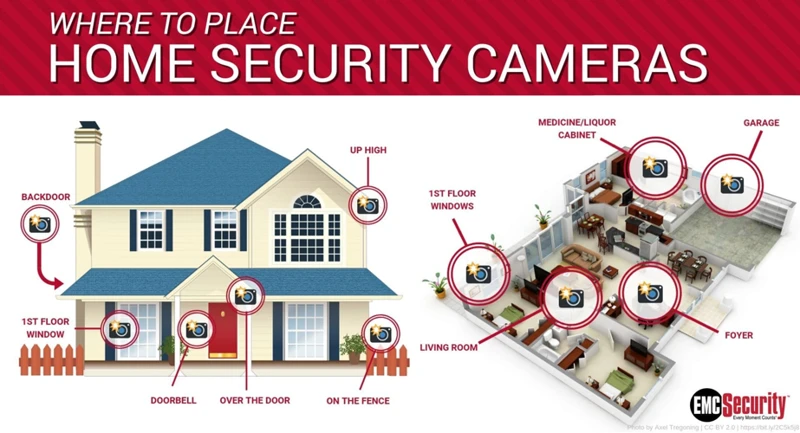
Choosing the Right Cameras for Indoor and Outdoor Use
Selecting the appropriate cameras for both indoor and outdoor environments is the first step in creating an effective surveillance system. For outdoor surveillance, consider cameras that are durable, weatherproof, and equipped with night vision capabilities. Indoor cameras, on the other hand, should be discreet yet capable of capturing high-quality images even in low light conditions.
Assessing Security Camera Effectiveness
Evaluating the effectiveness of your security cameras involves reviewing their placement, field of view, and the quality of the footage they capture. Ensuring that your cameras are positioned to eliminate blind spots and cover critical areas is vital for comprehensive surveillance.
Camera Placement Tips for Optimal Surveillance
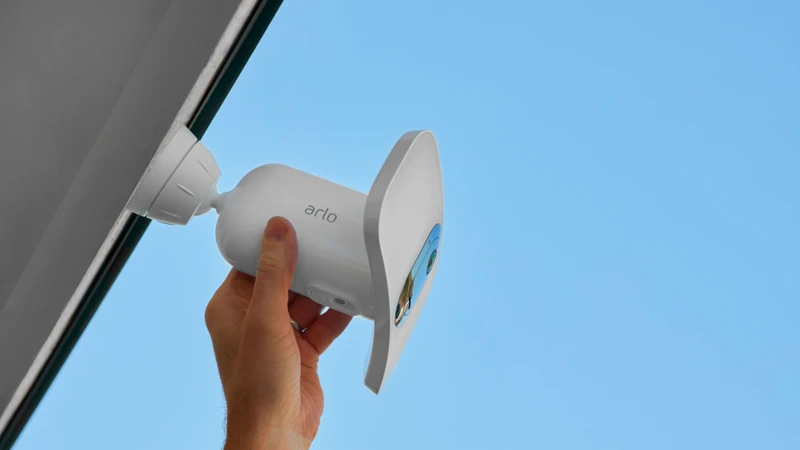
Indoor Surveillance Techniques: Maximizing Coverage
For indoor surveillance, utilizing corners is an effective way to maximize the camera’s field of view. Placing cameras high up in the corner not only provides a broad view but also keeps the cameras out of reach, preventing tampering.
Outdoor Camera Positioning: Securing the Perimeter
When it comes to outdoor surveillance, the key areas to focus on include the front door, back and side doors, and the garage and driveway. These points are crucial for monitoring anyone who enters or exits your property. Placing cameras at a height of 8 to 10 feet from the ground helps avoid obstructions and captures a clearer view.
Advanced Optimization of Video Surveillance
Enhance Video Monitoring with Intelligent Analytics
Intelligent video analytics transform standard surveillance systems into proactive security solutions. Features such as facial recognition, intruder identification, and traffic pattern analysis enable real-time threat detection and response, significantly enhancing security measures.
Integrating Video Surveillance with Other Security Systems
For a comprehensive security ecosystem, integrating video surveillance with access control, intrusion detection, and communication platforms is essential. This integration facilitates seamless communication and real-time notifications, bolstering the overall security of your premises. For more insights into integrating communication solutions with video surveillance, visit Teldio’s recommendations.
Implementing Video Surveillance Best Practices
Legal Considerations in Camera Placement
Adhering to legal requirements and respecting privacy are crucial aspects of camera placement. Ensure that your surveillance system complies with federal and state laws to avoid legal complications.
Professional Installation vs. DIY: Weighing the Options
The decision between professional installation and DIY depends on various factors, including ease of installation and the specific requirements of your surveillance system. While DIY may offer flexibility and cost savings, professional installation ensures optimal setup and coverage.
Security Camera Installation Tips for Every Environment
Indoor Camera Placement: Ensuring Privacy and Security
When installing indoor cameras, it’s vital to balance coverage with privacy. Strategic placement in common areas like the living room or kitchen allows for monitoring of household activities without infringing on private spaces.
Outdoor Surveillance System: Visibility and Deterrence
An effective outdoor surveillance system not only provides visibility over your property but also serves as a deterrent to potential intruders. Ensuring that cameras are visible and placed around the entire perimeter of your building is key to optimal protection.
When setting up video surveillance for your home or business, the placement and features of your cameras play a crucial role in ensuring optimal coverage and security. Whether you’re looking to enhance your indoor security or keep a watchful eye on outdoor activities, understanding the best practices for camera setup and the benefits they offer is essential.
For those considering outdoor surveillance, exploring the advantages of motion-activated cameras can provide insights into how these devices help in deterring unauthorized activities by alerting you to any movement. Additionally, understanding the ideal angles for outdoor surveillance cameras can significantly improve the coverage area, ensuring that there are no blind spots in your surveillance system. Setting up these cameras requires careful planning, and our guide on outdoor surveillance camera setup offers step-by-step advice to get you started.
Indoor video surveillance also holds a plethora of benefits, from monitoring household activities to enhancing the safety of your loved ones and valuables. Our article on the benefits of indoor video surveillance delves into how these systems can provide peace of mind and a sense of security within your home.
Moreover, for those who wish to access their surveillance system remotely, understanding how to access outdoor video surveillance can offer convenience and control, allowing you to monitor your property from anywhere at any time.
By considering these aspects and leveraging the right strategies and technologies, you can optimize your indoor and outdoor video surveillance systems, ensuring comprehensive coverage and enhanced security for your property.
Maintaining and Upgrading Your Video Surveillance System
Regular Security Assessments for Enhanced Protection
Conducting regular security assessments helps identify vulnerabilities and areas for improvement in your surveillance system. This proactive approach ensures that your security measures remain effective over time.
Technological Upgrades and the Future of Surveillance
Staying abreast of advancements in surveillance technology is crucial for maintaining an effective security system. Upgrading to the latest cameras and analytics software ensures that your system is equipped to meet evolving security challenges.
Optimizing indoor and outdoor cameras for video surveillance requires a strategic approach to camera selection, placement, and integration with analytics and other security systems. By following these guidelines and best practices, you can create a surveillance system that not only meets your current security needs but also scales to address future challenges, ensuring the safety and security of your property and occupants.




